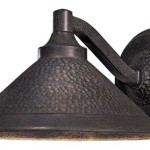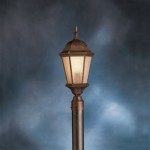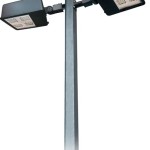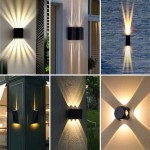How Do You Run Outdoor Electrical Conduit?
Understanding the essential aspects of running outdoor electrical conduit is crucial for ensuring safety, reliability, and longevity of your electrical system. This article will delve into the key factors to consider when installing outdoor electrical conduit, providing detailed guidance and best practices. ### Code Compliance Electrical installations must adhere to the National Electrical Code (NEC) and local building codes. These regulations specify conduit materials, sizing, and installation methods to protect against electrical hazards and environmental conditions. Familiarizing yourself with these requirements is essential for a safe and compliant installation. ### Conduit Material and Sizing Outdoor electrical conduit can be made of various materials, including PVC, metal, and flexible nonmetallic tubing. PVC conduit is cost-effective and easy to install, while metal conduit offers superior durability and protection against physical damage. Select the appropriate conduit material based on the specific environmental conditions and installation requirements. The conduit size should be sufficient to accommodate the number and size of electrical conductors it will carry. Overcrowding the conduit can impede heat dissipation and increase the risk of overheating and damage to the wires. ### Underground Installation When running conduit underground, dig a trench deep enough to provide protection from surface damage, typically 18-24 inches. Use caution to avoid damaging existing utility lines. Place conduit in the trench with a slight downward slope to prevent water accumulation. ### Trenchless Installation Horizontal directional drilling (HDD) is a trenchless method used to install conduit without digging a trench. This technique involves drilling a hole underground and pulling the conduit through the bore. HDD is ideal for installations in areas where digging is impractical or environmentally sensitive. ### Conduit Protection Outdoor electrical conduit should be protected from physical damage caused by traffic, lawnmowers, or other factors. Bury underground conduit at a sufficient depth or install underground vaults to protect it from external forces. ### Terminations and Fittings Securely terminate the conduit ends with appropriate fittings, such as connectors, couplings, and weatherproof boxes. These fittings ensure a watertight seal and provide a secure connection between the conduit and other electrical components. ### Conclusion Properly running outdoor electrical conduit is essential for the safety and reliability of your electrical system. By following these essential aspects, including code compliance, material selection, sizing, installation techniques, and protection measures, you can ensure a successful and long-lasting installation.
Running Power To An Outbuilding Fine Homebuilding

How To Run Electrical Wiring Outside Family Handyman

Running Power To An Outbuilding Fine Homebuilding

How To Run Electricity A Shed Diy Step By Guide At Improvements

Running Power To An Outbuilding Fine Homebuilding

How To Run Conduit Through Exterior Wall Aerosusa

How To Run Underground Power A Shed The Easy Way

Basic Outdoor Wiring Comes With Safety Precautions

Outside Conduit Question Electrical Inspections Internachi Forum

How To Install Underground Electrical Wiring Pro Tool Reviews







